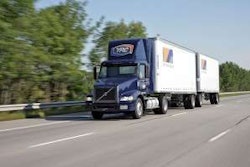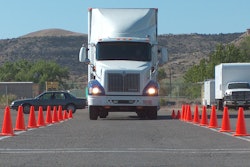U.S. Transportation Secretary Ray LaHood on Friday, May 6, marked the 200th anniversary of America’s first federally funded road, which connected Cumberland, Md., with present-day Wheeling, W.Va.
“This is a major milestone for residents served by this historic route and for the nation as a whole,” LaHood says. “From the 19th century until today, the transportation systems we build continue to be economic engines for prosperity and growth. The highway and bridge projects of today follow in the grand tradition of our first National Road.”
Construction of the National Road began on May 8, 1811. Authorized by Congress in 1806 and signed into law by President Thomas Jefferson, the road connected the Potomac River at Cumberland and the Ohio River at Wheeling, which is now in West Virginia.
Settlers hoping for better lives in the American frontier headed for Ohio, which became a state in 1803. By opening the door for thousands migrating west through the Appalachian Mountains, the National Road strengthened trade and communications lines from the East Coast to Ohio and beyond.
“The National Road was the beginning of what became the world’s largest and most sophisticated highway system,” says Federal Highway Administrator Victor Mendez. “Our modern system preserves the legacy of that original interstate – strengthening local and regional economies and connecting communities.”
When Indiana and Illinois joined the Union in 1816 and 1818, respectively, the National Road was extended, reaching nearly 800 miles long. The road reached Vandalia – then the capital of Illinois – but plans to extend it across the Mississippi River were abandoned due to disputes over whether to cross the river at Alton, Ill., or St. Louis.
In 1912, the road became part of the National Old Trails Road, and its popularity grew in the 1920s as automobiles became more common. In 1926, the road became part of U.S. 40 as a coast-to-coast highway.










